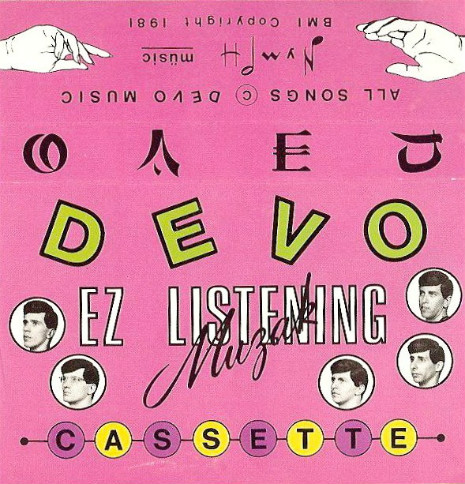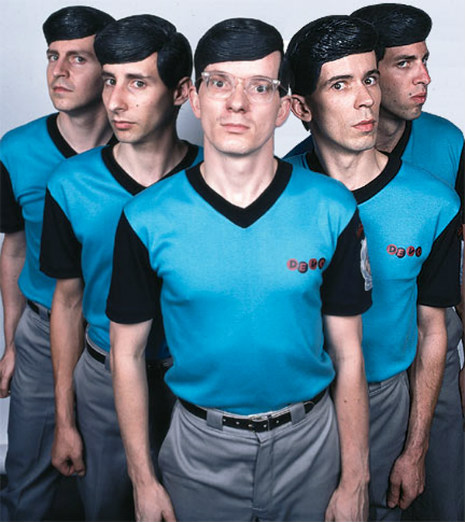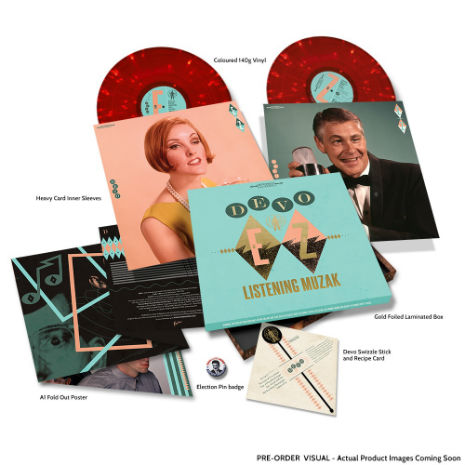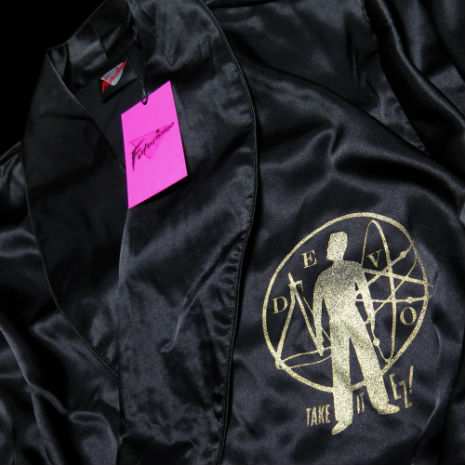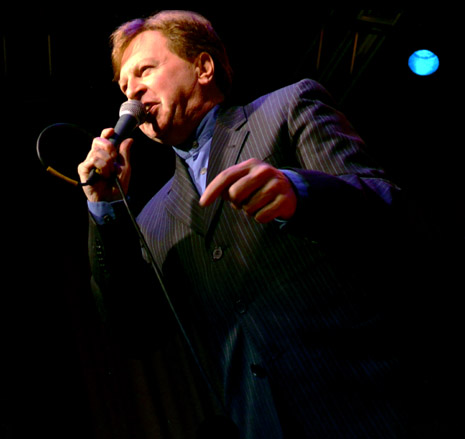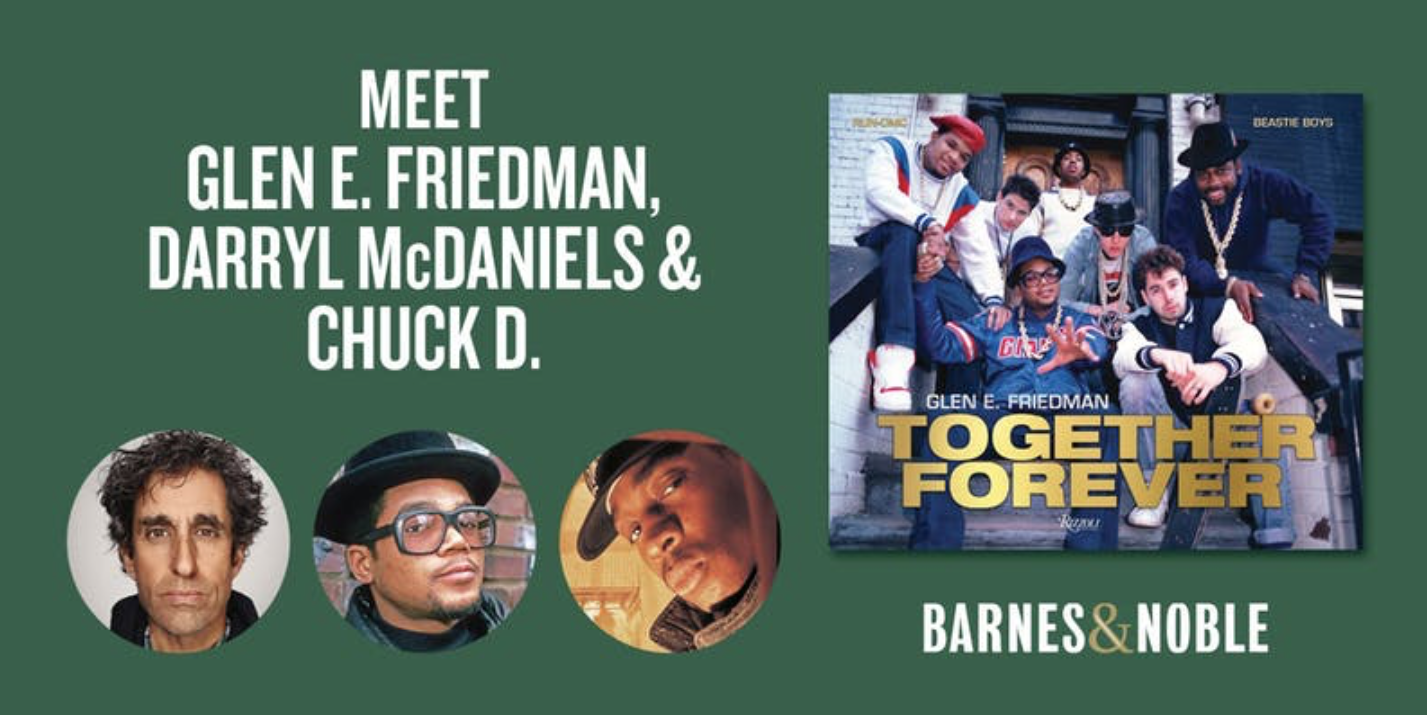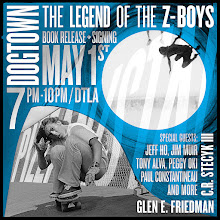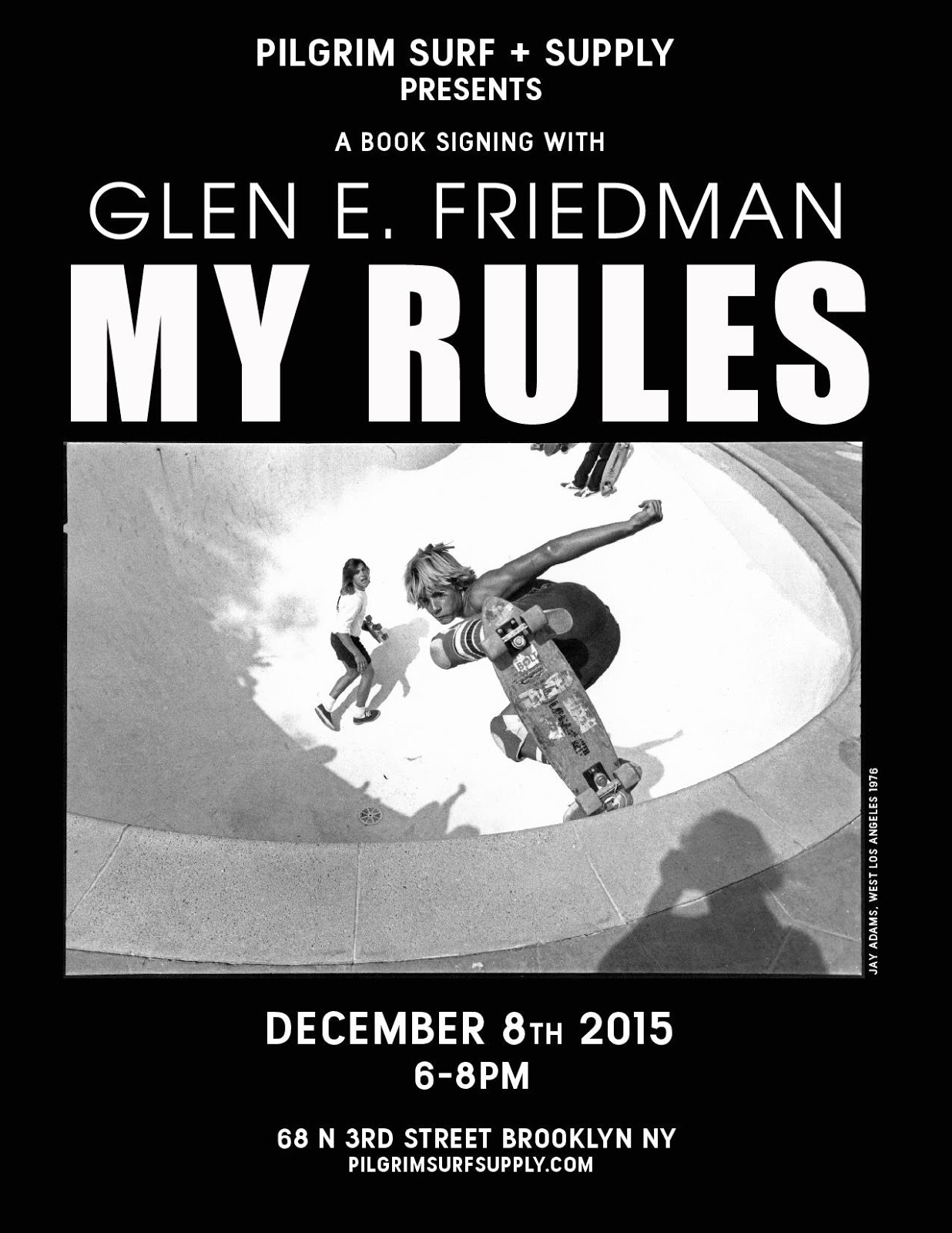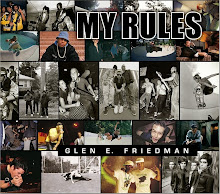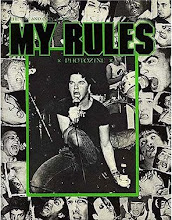from the political analyzer:
Sanders has lost the race for the Nomination, and they will be useless future victories in Indiana, Oregon and California.
Bernie has two months to prepare for the assault on the Democratic National Convention and seven months to create a new party, to give a home to millions of American voters, and win the next Presidential Election.
He has to question the nature of the Democratic Party, disassemble the Clintonism and overcome without fear the eight years of Barack Obama.
At this point of the race it should be starting from the mistakes that Sanders has committed to avoid mistakes in the future: 1. He must place a tombstone on the remaining Neoliberalism in its electoral manifesto and in his narration; 2. He must to harshly criticize the bond that the last two Democratic Presidents have had with the unbridled Capitalism; 3. He must return the United States to be a Democracy on the same wavelength of the statements of former President Jimmy Carter; 4. He must begin to speak to the lower classes and abandon the bourgeois narration of the Middle-Class, which led to Clintonism-Blairism; 5. He must carry the Democratic people to the Democratic Party of the origins, to FDR, since the Great Recession that the West has lived since 2008 with the same causes of the Great Depression of 1929: The Deregulation; 6. He must start again from the European Socialism model of sixties without the fear of being accused of populism considered that socialism is healthy populism for excellence; 7. He must work on the language of the Media, the Republicans and the current Democratic Party; 8. He doesn’t propose any cultural revolution but to give the right meaning to the words; 9. He must ‘frighten’ the American people about the seriousness of global warming and the risk of an epochal disaster; 10. He must ‘terrorize’ voters about the prospects of the American economy that increasingly into debt and lost tax revenue because of the large multinationals; 11. He must, in short, sensitize and inform Americans about the seriousness of the historical period we are living; 12. He must make a winning impose of the idea of pacifism reminding the electorate the number of victims caused by the wars which were attended by the United States since the Second World War; 13. He should remind Americans that the United States can not afford 230 years of wars; 14. He must impose the vision that military spending can not be equal to the 90% of World Military Spending; 15. He must urge the Americans to change the modus vivendi and to allocate part of Military Spending in Welfare, Redistribution of Wealth, the Fight against Poverty, the Right to Education; 16. He must start from the last financial deregulation; 17. He should demolish the positivity of the concept of Trickle-Down Economy and Reaganomics; 18. He must rebuild the USA Brand in order to allow the Rest of the World to look at the Country with kindness and admiration rather than fear and hate; 19. He must make the United States the most prosperous Country in the World and not just the richest; 20. He must succeed where Obama has failed in countering the spread of conflict in the Middle East and North Africa, the further impoverishment of the most vulnerable groups, the continued thinning of the Middle-Class, continued economic growth of 1% population, the real unemployment.
From this criticisms:
1. He must found a new party that includes all the Progressive Forces;
2. He must rebuild the Global Progressivism from dialogue with the anti -Neoliberalism Socialist Parties of Western;
3. He must deepen the dialogue with Pope Francis;
4. He must reduce the number of American troops abroad;
5. He must unmask Donald Trump and present it to the American people as an integral part of the establishment;
6. He must be argued that Trump is actually the new version of the Good Old Party;
7. He must pass the frame that the Good Old Party is trying to put a stop to its decline by presenting at the Presidential Elections in a similar way to the European Social-Right Parties;
8. He must explain to the Americans that the Social-Right is an oxymoron and therefore doesn’t exist;
9. He must, rather, speak convincingly to all those Republicans who still remember the former Candidate to the Presidency John McCain, which is doing so much at the Congress with Elizabeth Warren to restore the Glass-Steagall Bill;
10. He – once abandoned the Democratic Party – should avoid confrontation with Clinton considered that his electorate is either monolithic both minority and try to steal votes from her would mean to lose votes from within;
11. He must ignore Clinton and talk to the 43% of Independents who are just waiting for answers;
12. He must establish a new relationship with the African American Community not exclusively based on sporadic endorsments by some famous people;
13; He must make an alliance with the Hispanic Community about their safety and the possibility of entering the United States;
14. He must imagine a Country increasingly multiethnic that can do the cultural synthesis the trump card at the global level;
15. He must make one of the two American continents, starting from friendship close at Vatican City with Evo Morales;
16. He must re-introduce the goodness of the concept of State and cite, for example, Bill Gates regarding ineptitude of private in dealing with the key issues;
17. He must return to give luster to the Unions and push American workers to unite themeselves and to have more and more say in the matter;
18. He must persuade Americans that monetary policy is not a solution to the economic problems but a great opportunity to further enrichment by the American Banking System that in this way impoverish global finance and the rest of World;
19. He should load of responsibility the Americans claimings a better America creates a better World;
20. He must restore hope, dream, memory, beauty, and a good dose of intake awareness to the American people, and promise a second New Deal without the Third World War.



